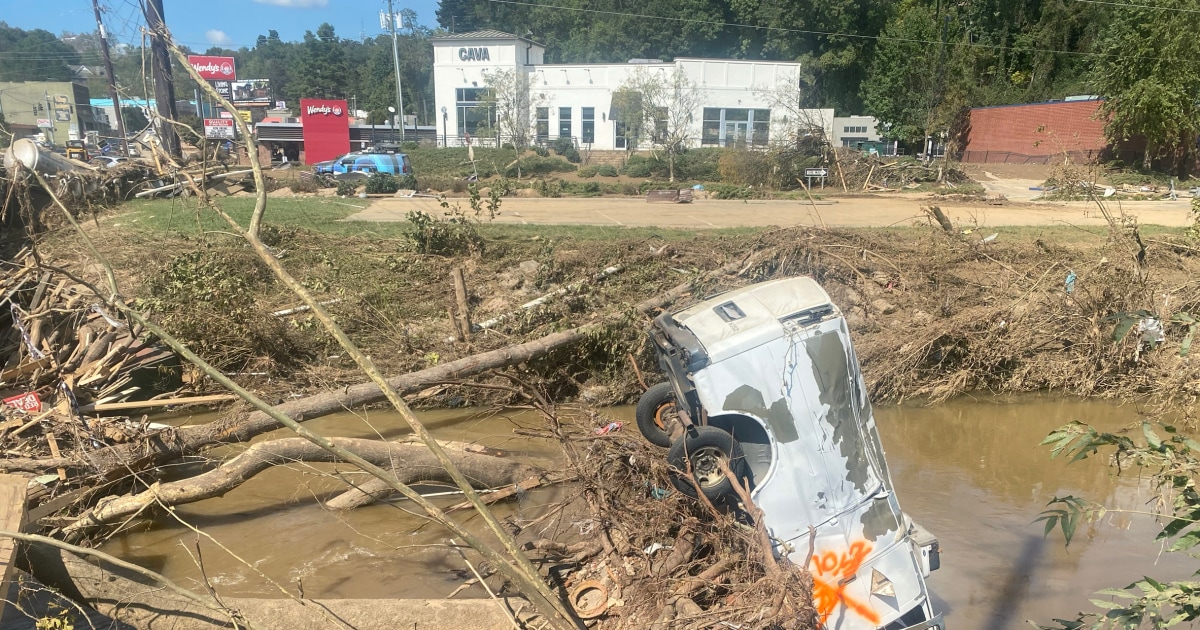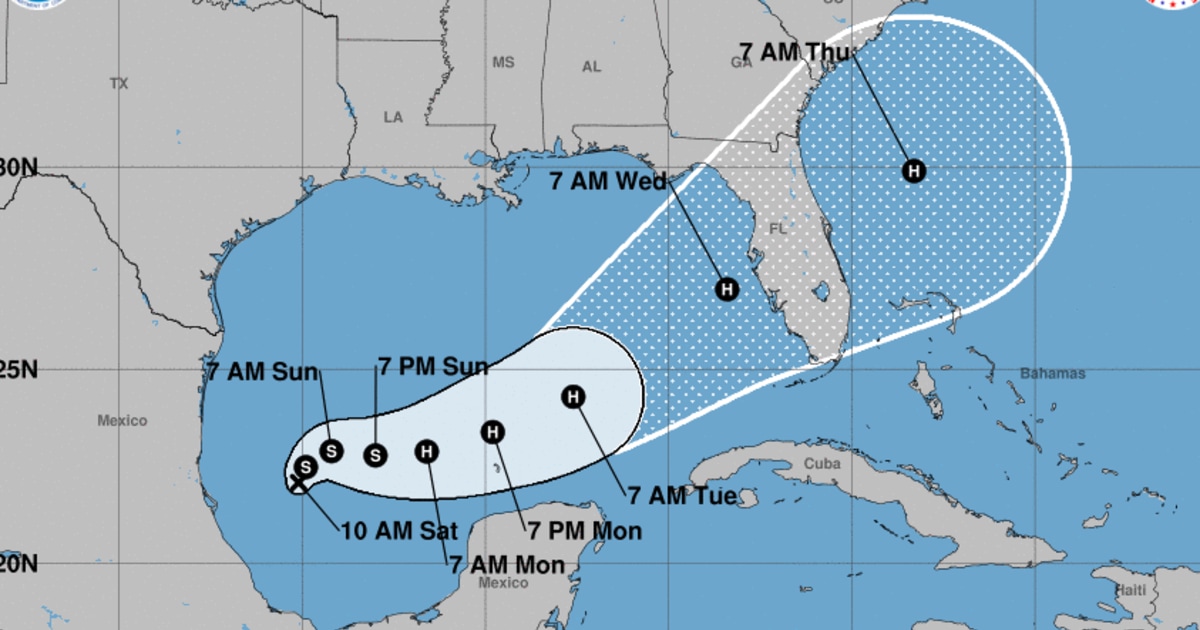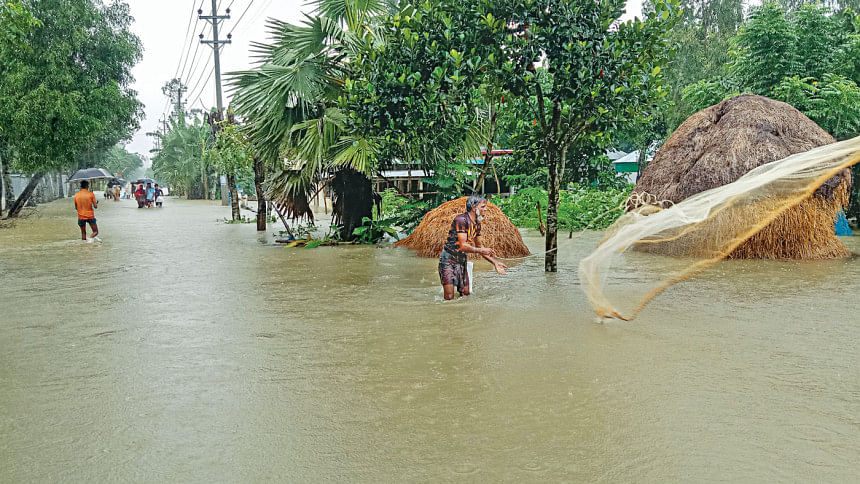
The Klamath River runs through Northern Oregon into California and the Pacific Ocean. But for over 100 years it didn’t. Four massive hydroelectric dams used land and water stolen from the first peoples, the Yurok tribe, and choked the 644km river.
Not only did the dams stop the flow of water, they prevented salmon and other fish passage. The water in the dams and outflow got warmer, algae grew and the river became hyper-trophic, to the point that human contact with the water was dangerous. Once the third largest salmon-producing river in the US, 90 to 98 per cent of salmon were lost, depending on the species.

In 2002, an estimated 70,000 salmon died from the warm and toxic water. Fish as big as children were killed and lay rotting. The loss of the salmon meant a loss of fertility in the catchment, the starvation of bears and the starvation of orca in the sea.
Nearby wetlands were drained for agriculture. For native tribes, the dams and surrounding land use were synonymous with colonisation and defeat, mismanagement and injustice. Communities were wrecked with suicide, addiction and diabetes.
Campaigns to un-dam the Klamoth were about saving nature and all its icons, and saving the relationship people have had through time immemorial with river and land and animals of that place. Campaigners were told un-damming the river was never going to happen. But after campaigns spanning generations and a cost of US$450 million, at the end of last month, the last of the four dams on the Klamath River was decommissioned.
Finally, the water flows free. Community restoration of the newly-exposed catchment includes the collection and distribution of 18 billion seeds to regrow the riparian forest. It’s believed that by 2061, the Chinook salmon population will recover to 81 per cent of its original status.
Other massive rivers remain dammed. Meanwhile, in Britain, there’s good news about some other builders of dams, the success of beavers. They were hunted to extinction in the UK over 400 years ago, but successful reintroductions mean multiple populations of these little engineers are helping to prevent flooding, restore biodiversity, improve water quality and connect people with nature.
Also in the news this week was a report about Hvaldimir, the friendly beluga. The white whale was thought to be a trained ‘Russian spy’, because when he first approached people in Norway, in 2019, he was wearing a camera harness apparently from St Petersburg. In the years since he has charmed locals, and the world.
The lone little whale loved human company, and would chase a ball and retrieve items dropped. He won people’s hearts far and wide. But animal welfare groups rightly fretted for his safety.
Earlier this month, Hvaldimir was reported dead. As I write, stories emerge that he was shot. In the gains and losses of human interactions with nature, we see hope and damnation, the best and worst of us.
.














